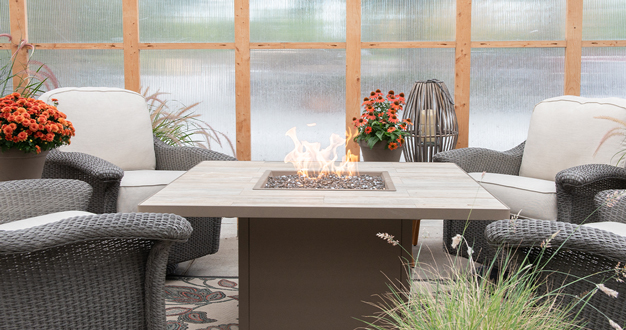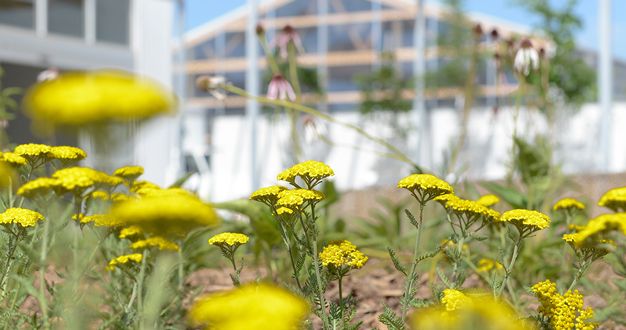
If you love plants and have a space with a lot of light – but watering isn’t your favorite thing – it might be time to add a cactus to your collection. Sure, cacti might not be as approachable with their tough appearance, but they make up for it with their beauty and an ability to thrive on neglect. Here we introduce you to a few of our favorites to help you get started.

Golden Barrel Cactus // Echinocactus grusonii
This ball of uniform golden yellow spines is one of a half-dozen species of globe-shaped cacti in the genus Echinocactus. A young E. grusonii starts out almost perfectly spherical but then elongates somewhat into an oval or barrel shape as it slowly matures. With enough time, E. grusonii will occasionally branch to form a dense cluster of cacti spheres.
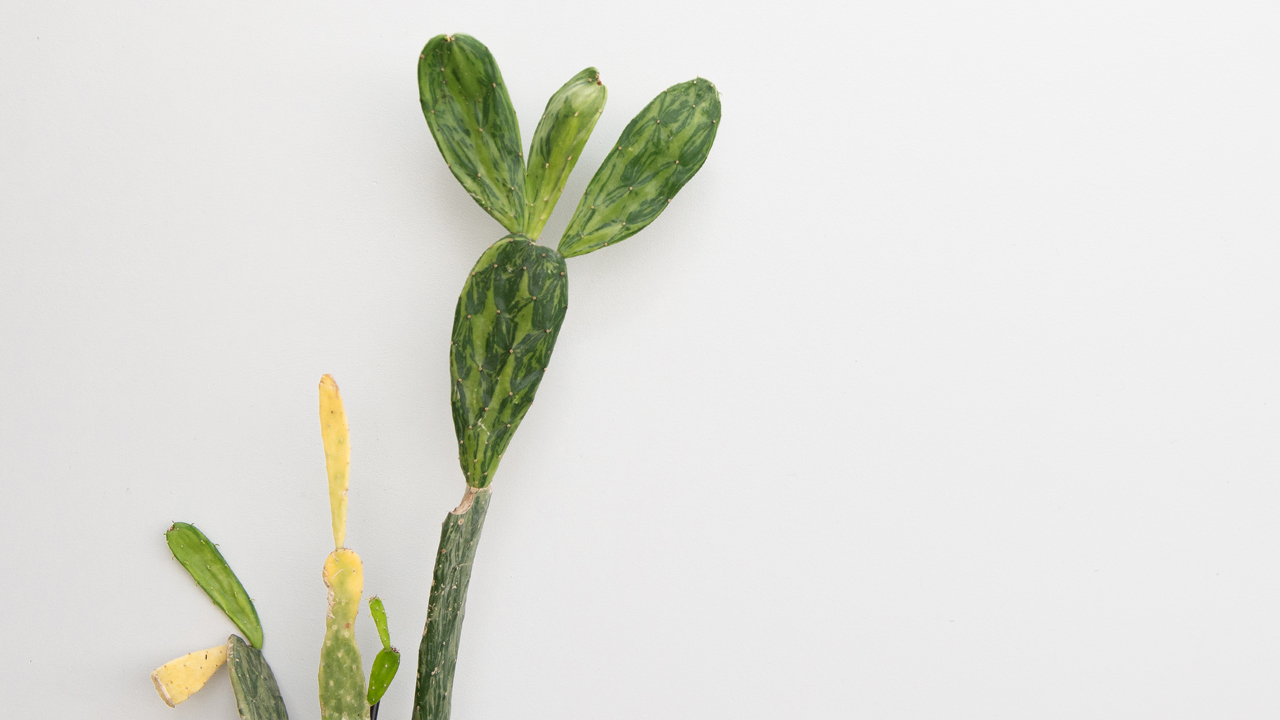
Variegated Opuntia // Opuntia monacantha variegata
Variegated opuntia is a fast-growing, tree-like cactus with flat, paddle-shaped stems that branch outward in all directions. The stem segments – called pads – are mostly smooth but dotted with reddish areoles sprouting short, grayish-brown spines. Natural variegation is a rarity in the cactus world, and O. monacantha takes this special feature a step further with beautifully marbled patterns in shades of white, cream, pink, and green all over its stems. It’s a fast-grower and easy to propagate too. Simply cut off a pad, let it dry a bit, and stand it upright in a pot of dry soil – then don’t water until you see new growth start.
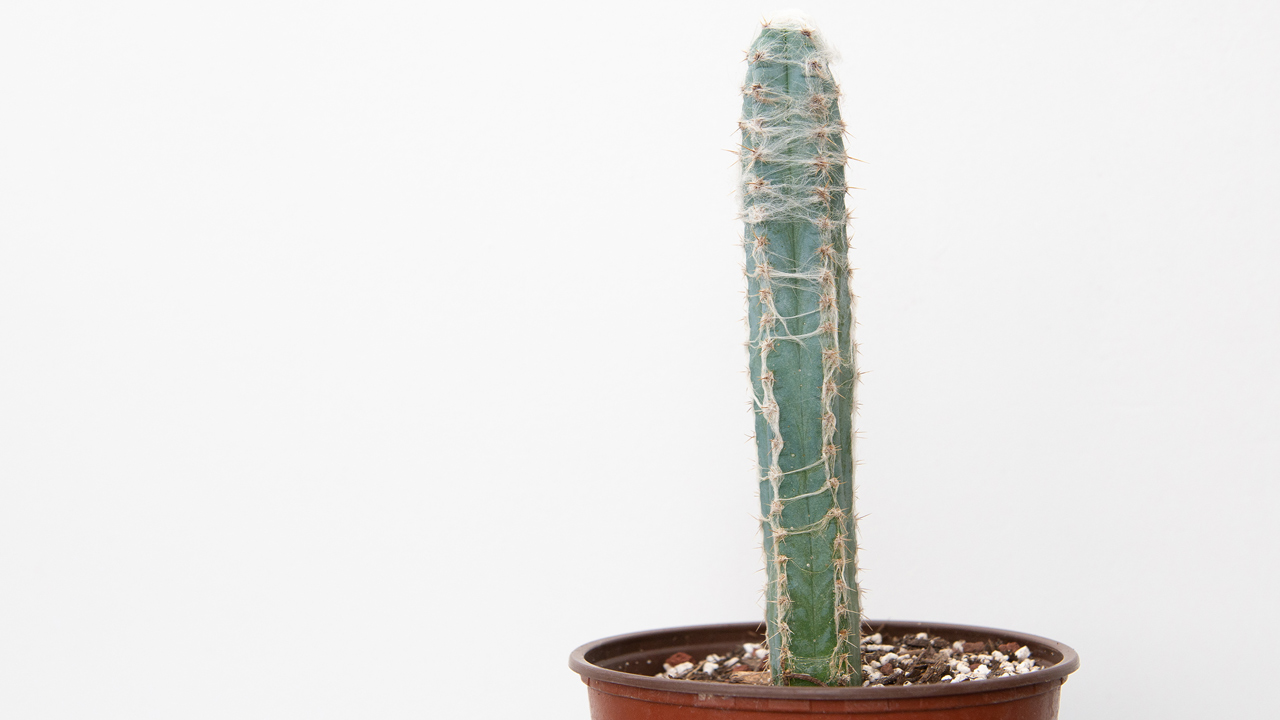
Pilococereus palmeri
Sometimes nicknamed “old man cactus,” P. palmeri is a tall, tree-like cactus with a smoky blue-gray stem tufted in poofs of silky wool that almost hide its spines. P. palmeri can grow as a single column or may branch from the bottom with several shorter stems too. In its native Mexico, P. palmeri depends on bats to pollinate its funnel-shaped, pastel-colored blooms.

Ferocactus emoryi
A young Ferocactus emoryi starts out looking like a chubby little multi-armed star but grows into a ribbed sphere and then an elongated barrel as it ages. At every stage, this cactus is well-protected by abundant ridged and sturdy spines that recurve back forming a kind of cage around the stem. In its native habitat, F. emoryi can grow to an impressive eight-feet-tall.
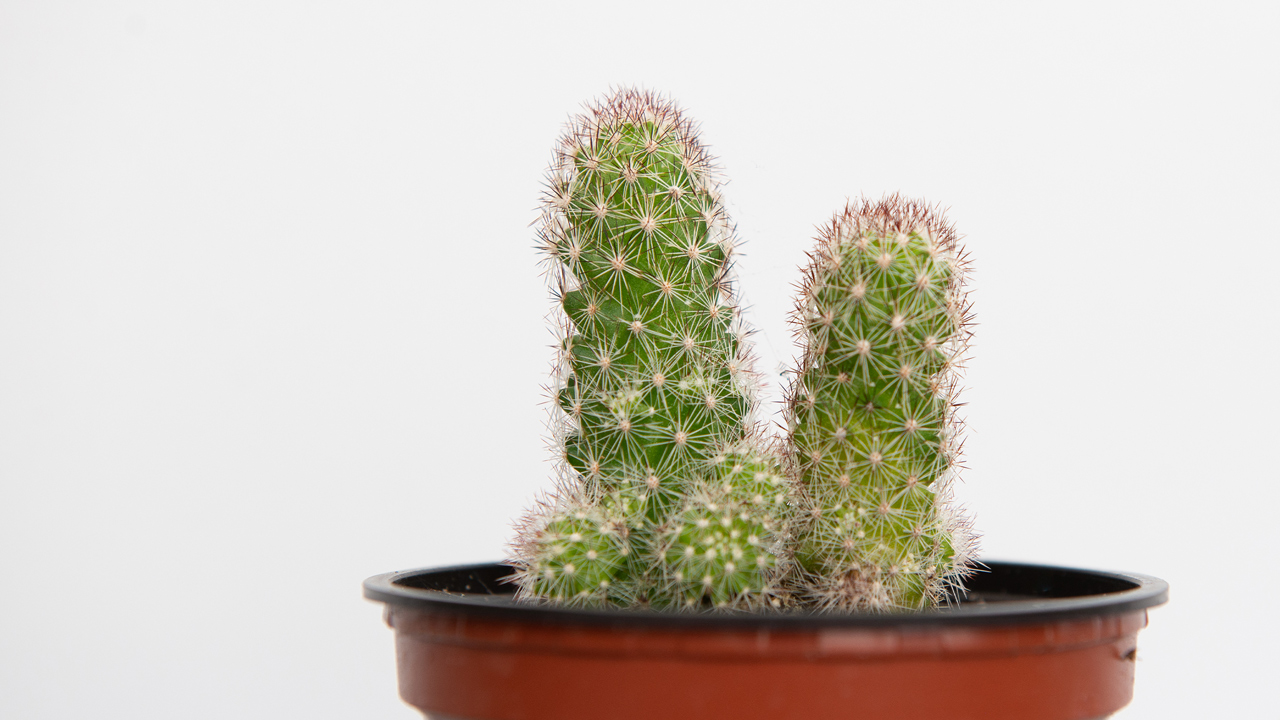
Thimble Cactus // Mammillaria gracilis fragilis
This small clumping cactus forms clusters of spherical to columnar stems that collectively stay less than five inches tall. The bright green stems have numerous areoles, each sprouting a star-shaped arrangement of white spines that radiate outward, forming a mesh-like pattern – the whole cactus looks like it’s covered in frost. To propagate this cactus, use a pair of tongs and a clean, sharp knife to remove one of its many offset stems, let it dry out a little, then set it upright in some soil. Or wait for one of the offsets to fall off, which can happen too.

Cacti Care Tips
Cacti generally love lots of direct light – indoors, a spot near a south window is ideal. But they don’t like humidity and can’t tolerate standing water even for a short time, so make sure the soil is extremely well-draining and has the chance to dry out before the next drink. Using a container with a drain hole is important too. If your container doesn’t have a drain hole, you can stage your cactus by leaving it in its original grow-pot, setting it inside the decorative pot and removing it while you water. Or if you want to plant directly in a pot with no drain hole, you’ll just have to be very careful not to add too much water to the soil.


